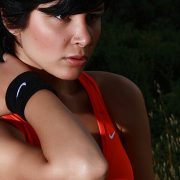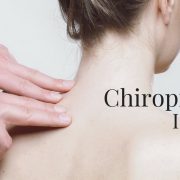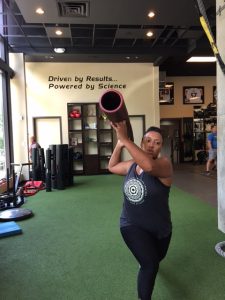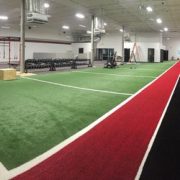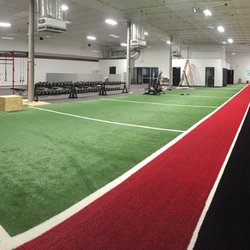Our neck is undoubtedly one of the most important parts of our bodies. If we don’t take care of its muscles, then we are definitely edging towards the creek beyond which there is nothing but brutal pain. All of our neck muscles allow us to do some kind of activity; for example, the sternocleidomastoid and the trapezius muscles allow the movement of the head and neck in 180 degrees. Neck strength and stability are keys to proper posture and overall daily function. Muscles of the neck help maintain head position for movement, vision, and proprioceptive stability.
Those people who train at the gym forget about their neck muscles and focus on the rest of the body. What they do not know is that a weak neck paves way for a weak connection between the head and the shoulders. It also affects the general alignment of the shoulders and structure of the head since the muscles of the neck that are attached to these parts serve as a means of holding them in a good position. Tension and biomechanical changes due to hyperactive neck muscles can lead to neck tension and pain, upper back tension and discomfort, shoulder issues, and posture deviations.
Considering what we mentioned above, it is thus imperative to take care of your neck muscles and strengthen them. Chiropractic care can help with the structure of the neck, resulting in muscle stability.Combining chiropractic care with at home exercises will result in the optimal neck strength and stability.
Although there are many complex exercises which you can do, we have listed here chiropractic exercises that are related to flexion and are very simple in performing.
What is Flexion?
Flexion is basically a fancy name for stretching. If we look at the general makeup of the muscles, then we would know that they are made to contract and relax, which is an obvious fact. Thus, by targeting them in the way they work naturally is the best approach towards strengthening them.
There are many kinds of neck stretches or flexions that you can perform at home.
Neck Forward Flexion Stretch

This stretch targets the trapezius muscles which, as stated above, are responsible for neck and head movement. You can touch these muscles by touching the back of your neck.
Steps on how to do it:
- Stand in a neutral position. Do not slouch forward or arch backward.
- Make sure your shoulders are also placed in their natural state by not holding them up deliberately or forcing them down.
- Bring your chin down toward your chest without utilizing your shoulder.
- Hold this position for about 15 seconds.
- Repeat the exercise for 15 times in 3 sets.
Neck Backward Flexion Stretch

This flexion targets muscle groups that are located in the front of the neck, namely: Digastric muscle, sternal head, and clavicular head.
Steps on how to do it:
- Repeat the steps ‘a’, and ‘b’ of the above exercise.
- Slowly take your head backward until your neck is completely straightened. If you can take it beyond that point, then you should be cautious about not straining your neck beyond its limit.
- Hold that position for about 15 seconds.
- Repeat the exercise for 15 times in 3 sets.
Neck Sideways Flexion

In order to stretch the scalene muscles that are situated deep on either side of the neck, and trapezius muscle, sideways flexion can come in handy.
Steps on how to do it:
- Repeat steps ‘a’, and ‘b’ of the forward flexion exercise.
- Without moving your shoulders, bring your head towards your right shoulder such that your right ear is above it. Stretch until you feel flexion on the left side of your neck.
- Hold that position for 15 seconds.
- Repeat the exercise on the left side to stretch the right side of the neck.
- Hold that position for 15 seconds also.
- Repeat the exercise for 15 times in 3 sets.
The exercises that are mentioned in this article are simple to perform and bear fruits easily. To keep on strengthening your neck muscles, you can extend the time of holding the flexion. These exercises can also alleviate any neck pain you are experiencing. However, for a detailed checkup, we suggest you visit a neck specialist chiropractor in your city, Decatur. Request your appointment here!

